REPORT
The truth about 1080: five excuses exposed
1080 poison is an extremely potent chemical used to kill unwanted or unwelcome wildlife. It has been used in Australia since the 1950s, six years after it was first isolated from a South African plant known as ‘Gifblaar’.
It is in the same restricted regulatory schedule as other notorious toxins like arsenic and cyanide and has been banned in most countries. It is white, odourless and tasteless, making it a potential weapon of mass destruction in warfare. As such, it is considered a chemical of national security concern by the Federal Australian government. There is no known antidote.
There are many myths associated with 1080 poison. Here we tackle five of the most common myths.
1. Native animals are "immune" to 1080 poison
Gastrolobium spp. Source: Groom and Lamont (2015).
The supposed resistance some species exhibit is one of the most persistently promoted myths about 1080 poison. It is misleading and serves to provide the practice with a social licence to continue.
This myth is based upon evolutionary defence mechanisms some native legume-producing plant species have developed against herbivory (e.g., the consumption of their leaves or peas by herbivores). In reality, animals in Australia vary significantly in their sensitivity to 1080; none have developed a true or innate “immunity” or resistance to it.
Verdict: myth.
2. 1080 is "target specific" and "best practice"
Quolls and other carnivorous marsupials are at significant risk during 1080 baiting operations
The myth that 1080 is “target specific” and “best practice” is based upon the immunity myth outlined above. It is often cited as “a vital tool in the management” of unwanted wild animals. This stems from the assumption that some species have developed a degree of resistance via evolutionary exposure to natural sources of fluoroacetate in native pea-producing plants (Gastrolobium spp).
Studies have shown that the target species do not take the bait intended for them. Of a total of 936 baits, only 36% could actually be accounted for. This is because it is practically impossible to locate every bait dropped. Only 4 baits - less than 2% - were eaten by their intended victims, leaving at least 98% in the environment for other animals. In another, 99% of all baits were taken by non-target species with a single native animal, the quokka, responsible for taking nearly half of them. The intended victims were responsible for taking only one. 1080 simply is not working.
Verdict: myth.
3. 1080 is "humane" and "painless"
A livestock guardian dog lies dead after ingesting 1080. Source: Dalglish.
The environmental impact of 1080 has been assessed for some time. Welfare implications, however, have received negligible attention. A significant component of this knowledge gap is “the absence of agreed criteria for assessing humaneness”. There is even marked conflict concerning the definition of the term itself. RPSCA Australia, for example, promote policies that a “humane” death is one wherein either an animal is “killed instantly” or is “instantaneously rendered insensible to pain” until death occurs. State and Territory law, however, merely require individuals to kill animals “without causing excess suffering” while “inflicting no unnecessary pain” or even in a way that is “generally accepted as usual and reasonable”.
This ambiguity and legislative network of exemptions is amplified by the development and application of Codes of Practices and Standard Operating Procedures. These often acknowledge that 1080 can cause pain and suffering, sometimes for an extended period, yet continue to promote its use because it is cost-effective and subsidised. A range of these Codes and Procedures have been created and developed by State and Commonwealth agencies.
Though it may be presumed that these documents increase protection against cruelty or suffering, they often do the opposite. Many effectively create exemptions for acts that would otherwise be considered animal cruelty. As such, they “provide a barrier against possible prosecution for cruelty”.
Death after ingesting 1080 arrives in waves and may come anywhere between an hour or several days. There is evidence that during latent phases prior to coma and death animals remain sensitive to stimuli. RSPCA Australia maintains that “the effect of 1080 on animals is not humane”. They are therefore “opposed to its continued use”.
Verdict: myth.
4. 1080 is "a necessary evil"
A key component of “the necessary evil” myth is the tension between the harm done to individual animals and the benefits accrued from engaging or facilitating such harm. These benefits can include protection of other animals, ecosystems or economies.
It is becoming increasingly apparent that effective conservation or protection cannot ignore prevailing public values. A contributing factor is the ease with which contemporary citizens can access information and formulate personal or political opinions.
Studies assessing community attitudes towards 1080 have found that a minority of the population are willing to accept collateral deaths of non-target animals as acceptable. Other studies have concluded that attitudes towards control methods are influenced by personal perception of a given species. These attitudes range from a relatively “scorched Earth” approach to unwanted animals to the promotion of “compassionate conservation”.
Verdict: myth.
5. 1080 is "natural"
Sodium fluoroacetate is a tasteless and odourless chemical compound of a very high acute toxicity. Up to 41 plant species are known to naturally produce potassium fluoroacetate, which occurs naturally as an anti-herbivore metabolite in various plant species, unlike sodium fluoroacetate which is industrially manufactured.
Verdict: myth.
Are we missing any major myths?






